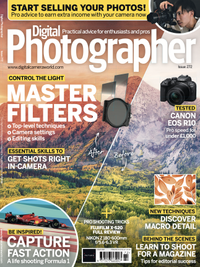5-minute photo tips: activate grid lines to instantly improve your composition
Immediately improve your images by using these guides, to create balanced and visually appealing photographs
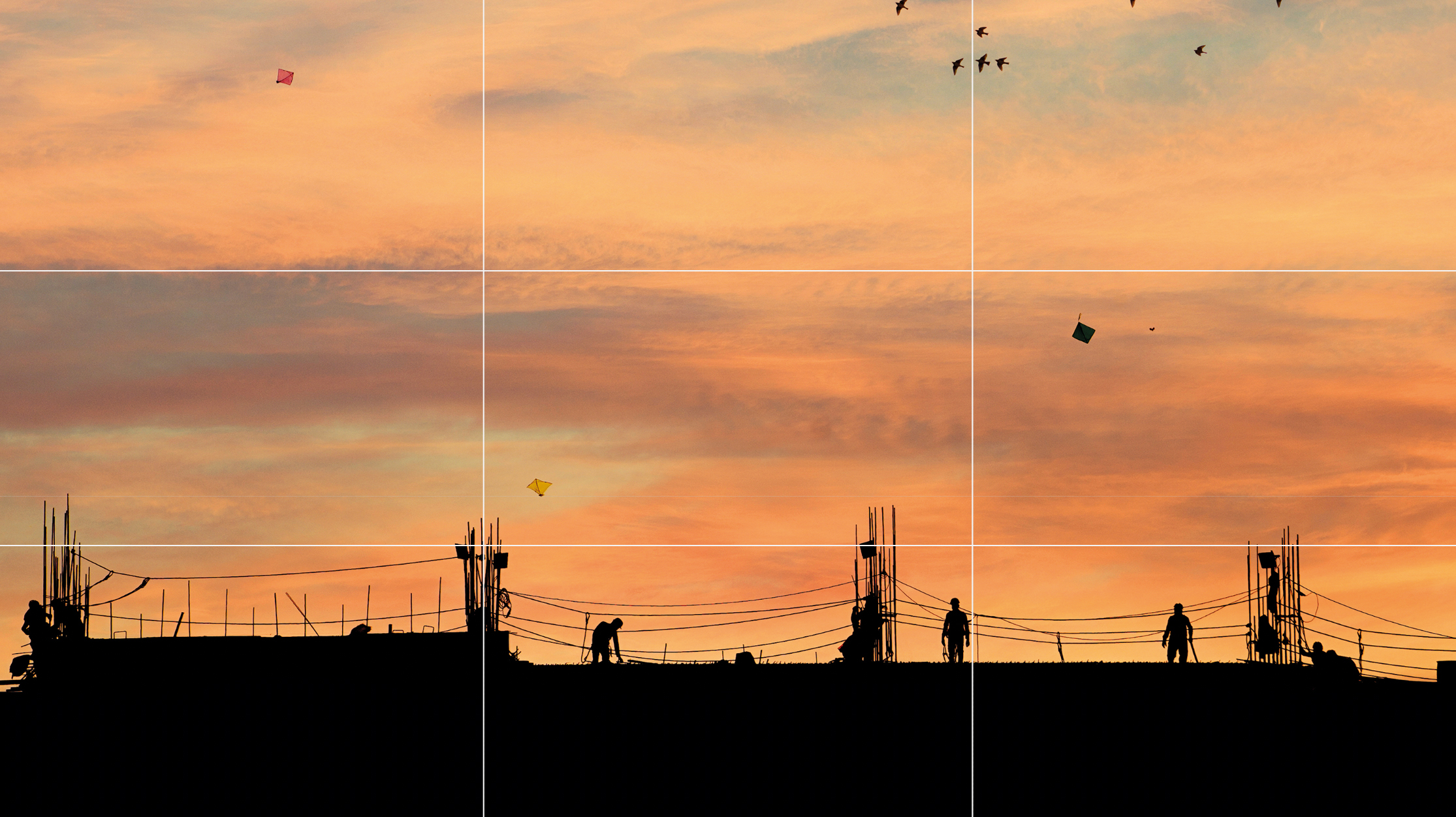
Improves: Composition
The composition of a photograph is a critical factor that can either make or break the image. However, when taking pictures in busy areas – such as in the middle of a big city – this aspect often gets overlooked.
While it is possible to change the composition of your photographs with cropping in the editing process, this approach comes at the potential cost of a loss in image size and quality.

With the in-camera composition guidelines you can achieve a perfect composition straight away, even handheld on the go, without any compromise. Many camera brands provide a rule of thirds grid as standard, as well as more advanced guides with additional lines that you can apply to any scene.
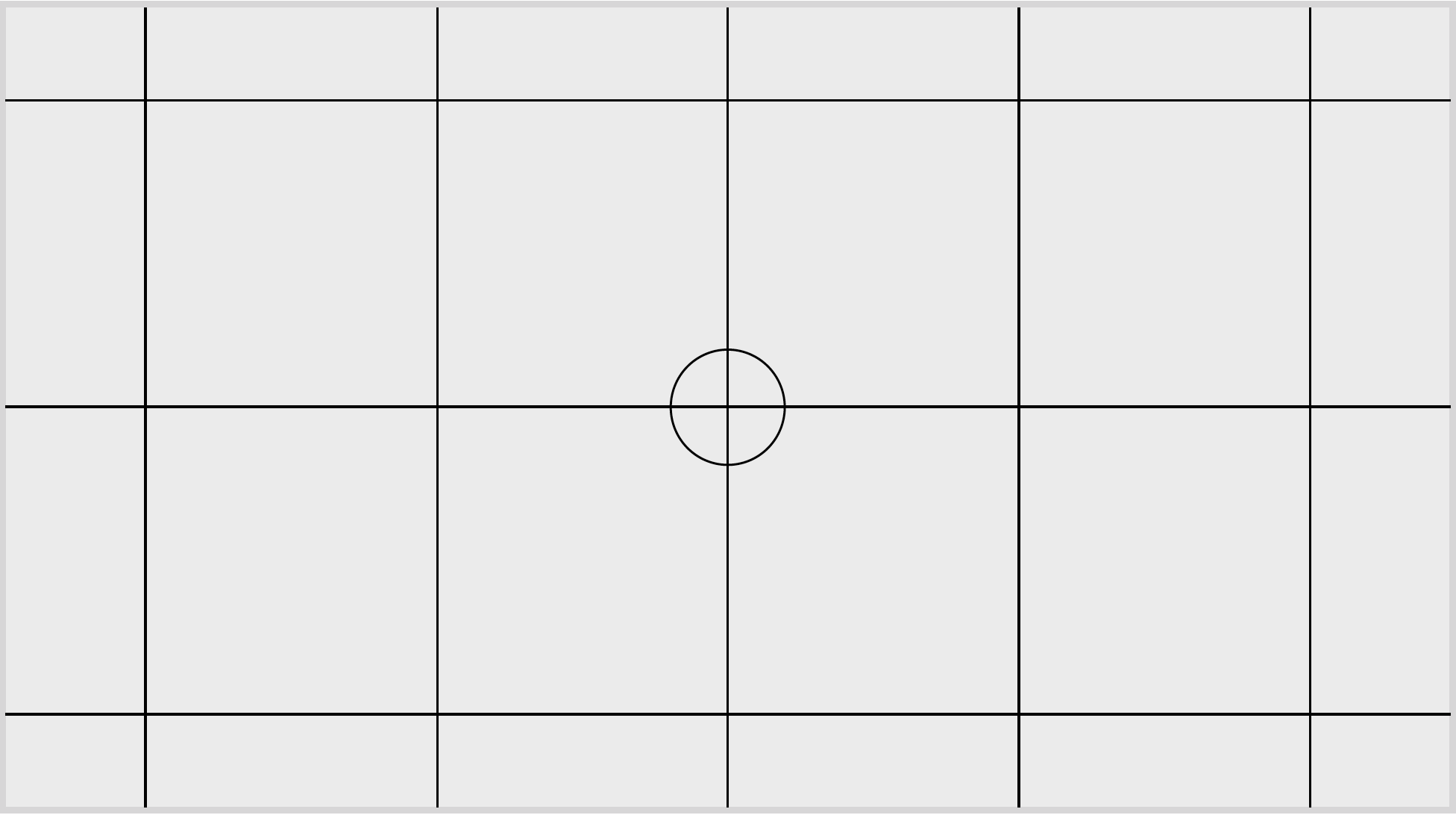
Look for the Grid Line features in the Display settings. Having the ability to view these lines as an overlay is vital for photographic genres such as architecture or coastal photography, as non-straight lines and horizons can lower the image quality and the viewer’s experience.
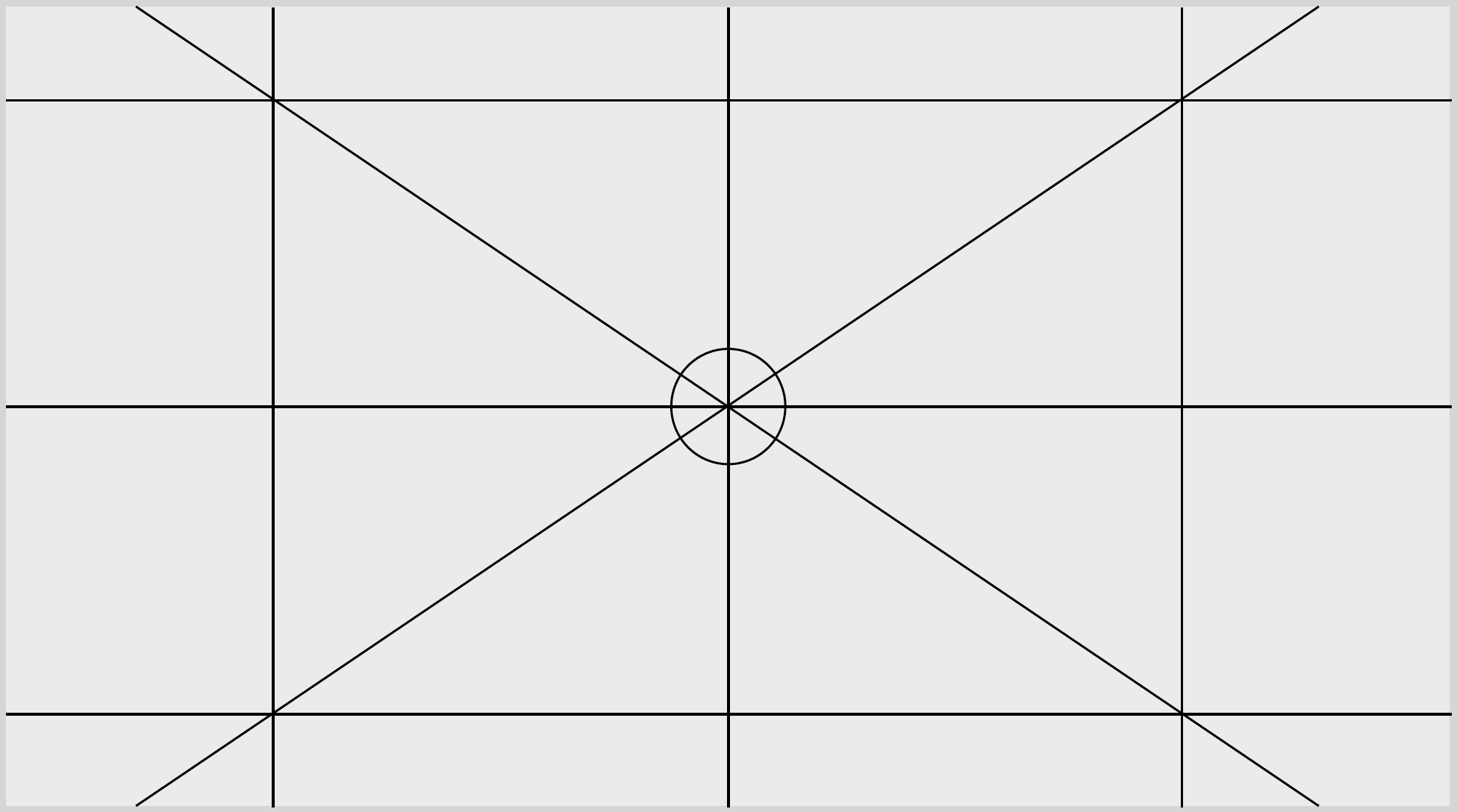
With the help of these guides, you will encourage yourself to think more creatively by changing positions and perspectives. The in-camera guidelines are not only helpful in enhancing your compositions, but they also serve as a great way to train and build your photographic skills. A useful tip is to always keep a particular grid option active to focus your mind on the composition.
Examples
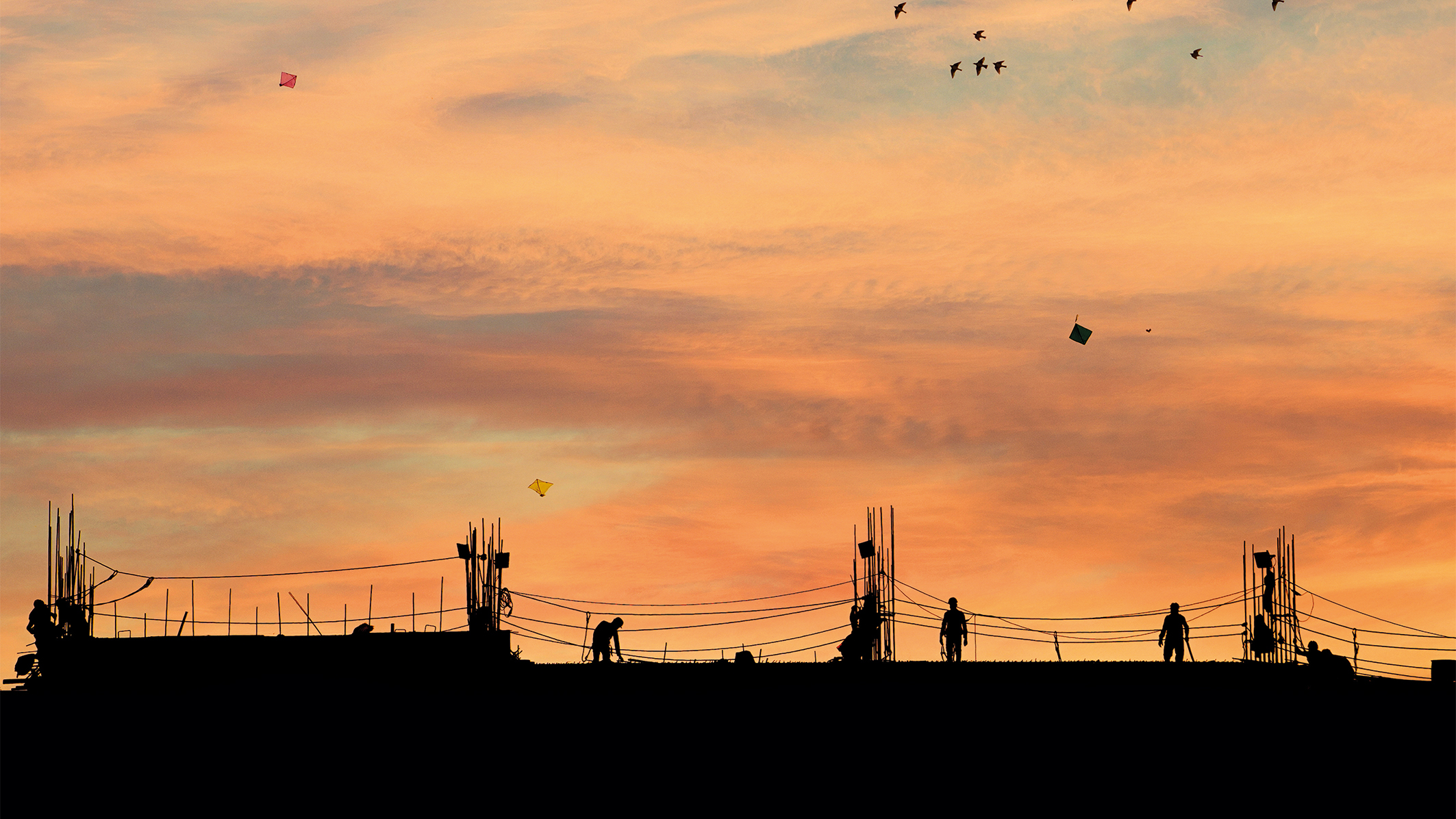
Visual balance
The straight lines are crucial for creating a sense of harmony within the image composition.
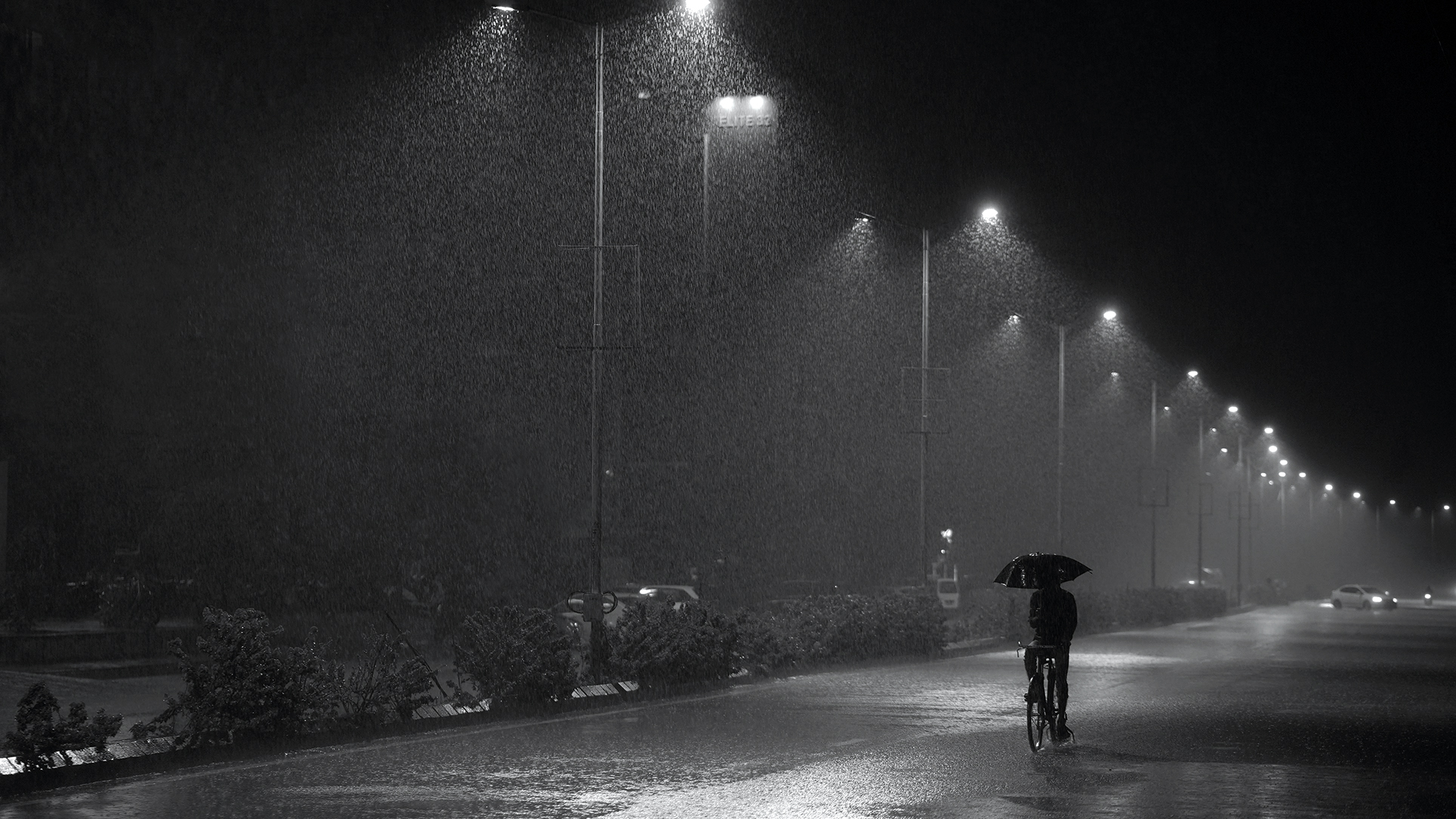
Compose with strategy
By incorporating the rule of thirds, the subject is positioned off-center to create a more visually pleasing photo,
This article originally appeared in Digital Photographer, a monthly magazine, and the kitbag essential for pros, enthusiasts, and amateurs alike!
Inside, you'll find practical guides, shooting tips, and techniques from working photographers, plus all the latest industry news.
You might be interested in our video explaining what is the rule of thirds, as well as our explainer on what is exposure in photography.
Get the Digital Camera World Newsletter
The best camera deals, reviews, product advice, and unmissable photography news, direct to your inbox!

Kim is the Staff Writer on Digital Camera World, and formerly Technique Editor at Digital Photographer, focusing on the art and science of photography. With a Master’s degree in Photography and Media, she is driven to educate through an analytical approach, visually and technically. With her guides and tutorials, Kim seeks to uncover new facets of this time-honoured medium and foster a deeper understanding of its profound role in culture. Kim highlights topics that resonate with modern society, including women in photography and critical issues such as environmental conservation. She also discusses and reviews camera gear, giving you an overview to find the best fit for your photography journey.
